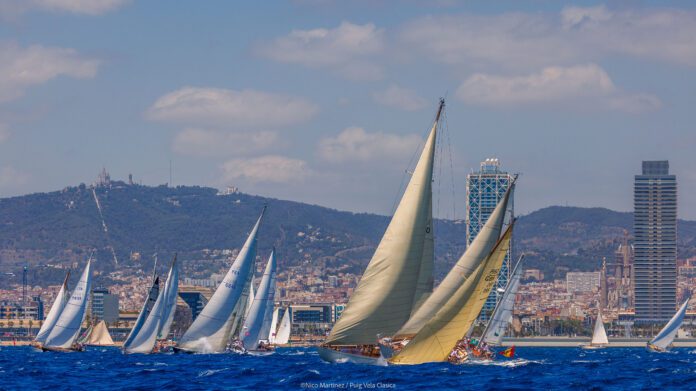The Puig Vela Clàssica Barcelona regatta has once again asserted the city’s status as a global reference point for classic sailing. From July 10 to 12, the waters off Barcelona hosted over 400 sailors and yachts from more than 10 countries in what has become a signature summer event on the Mediterranean’s competitive calendar.
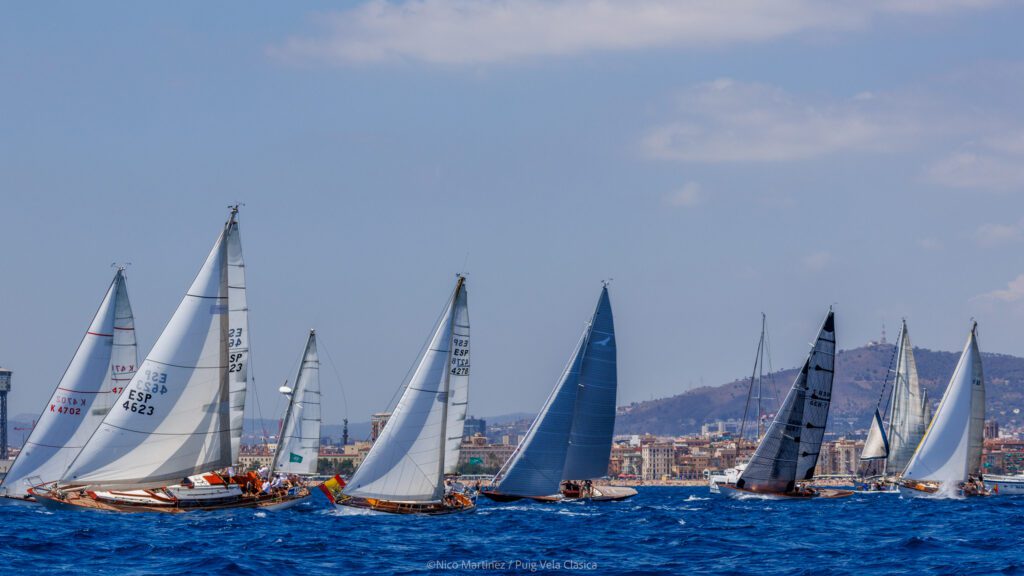
XVI EDITION Photo Credits: Nico Martínez
This 18th edition brought two intense days of racing under ideal wind conditions, although the final day was cancelled due to adverse weather. The regatta, organized by the Real Club Náutico de Barcelona, continues to grow in both prestige and participation, attracting legendary vessels, top crews, and sailing enthusiasts from around the world.
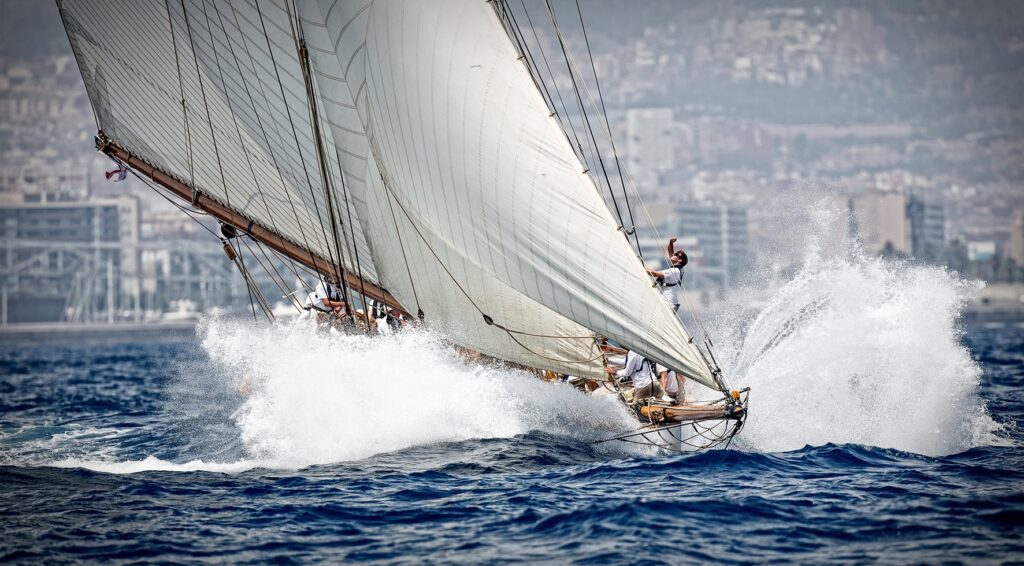
A Regatta with Heritage and Prestige
Returning to its traditional July slot after a special America’s Cup-aligned edition in 2024, the Puig Vela Clàssica offered a journey through the golden age of yachting. This year’s event included classes such as Classic, Vintage (Bermudian and Gaff), Big Boats, and Modern Classics – all racing along Barcelona’s coast in the shadow of its famous skyline.
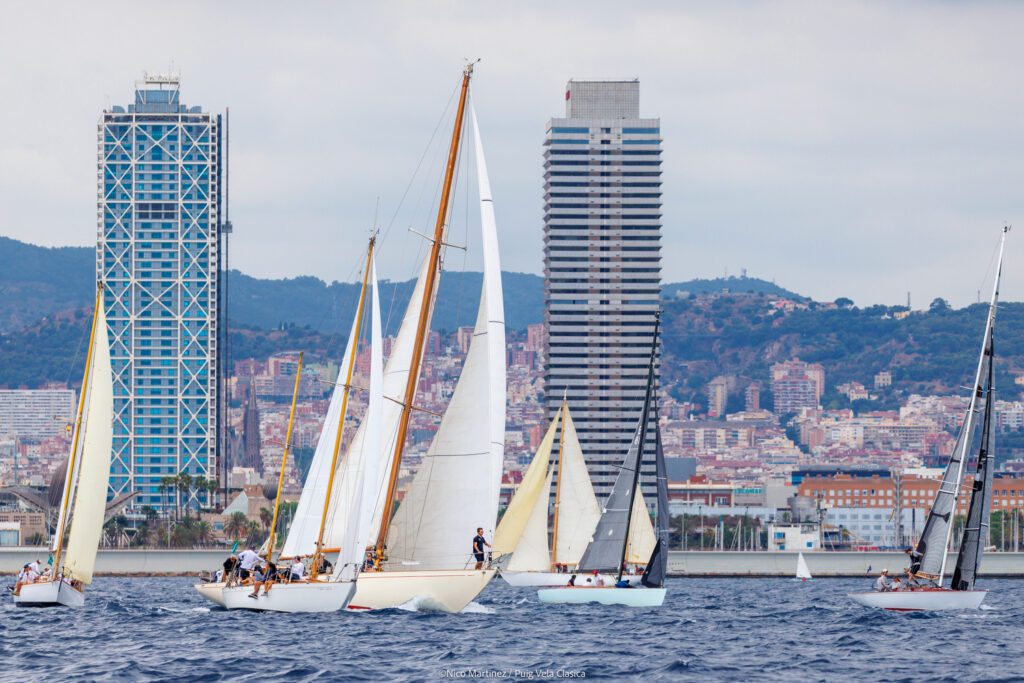
As part of the Mediterranean Champions Cup and the Trofeo Clásicos Mare Nostrum – Spanish Cup for Classic Yachting, the regatta shares its elite status with storied venues like Antibes, Cannes, Saint-Tropez, and Monaco. Barcelona remains the only major city that hosts an international classic sailing regatta of this scale.
Racing Highlights: Big Names and Fierce Competition
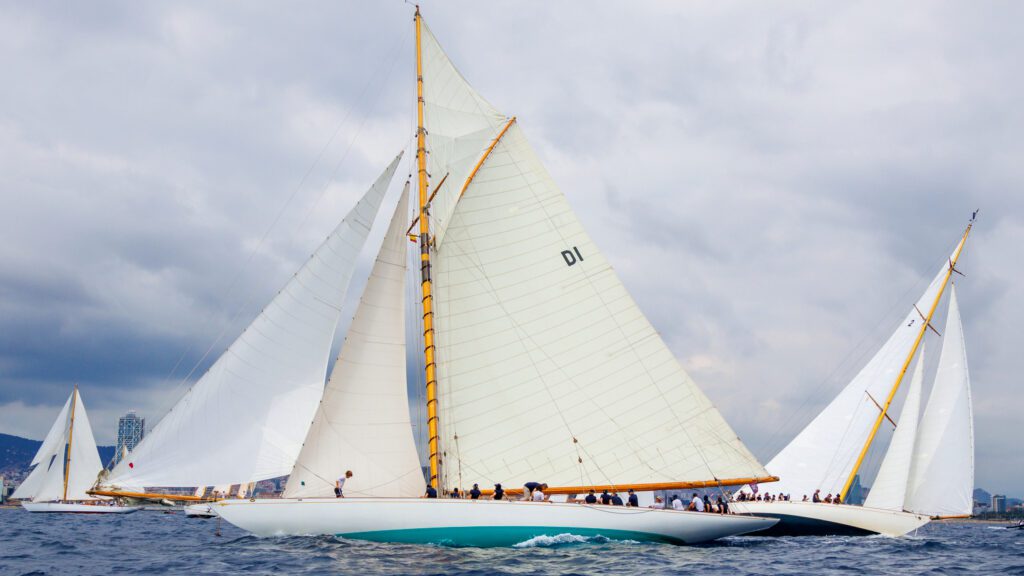
The regatta commenced on July 10, with two days of competitive sailing over carefully selected courses ranging from 15 to nearly 17 nautical miles. Variable winds (8–14 knots) and shifting directions tested the crews’ tactical skills, making for exhilarating racing.
Top Finishers in Each Class:
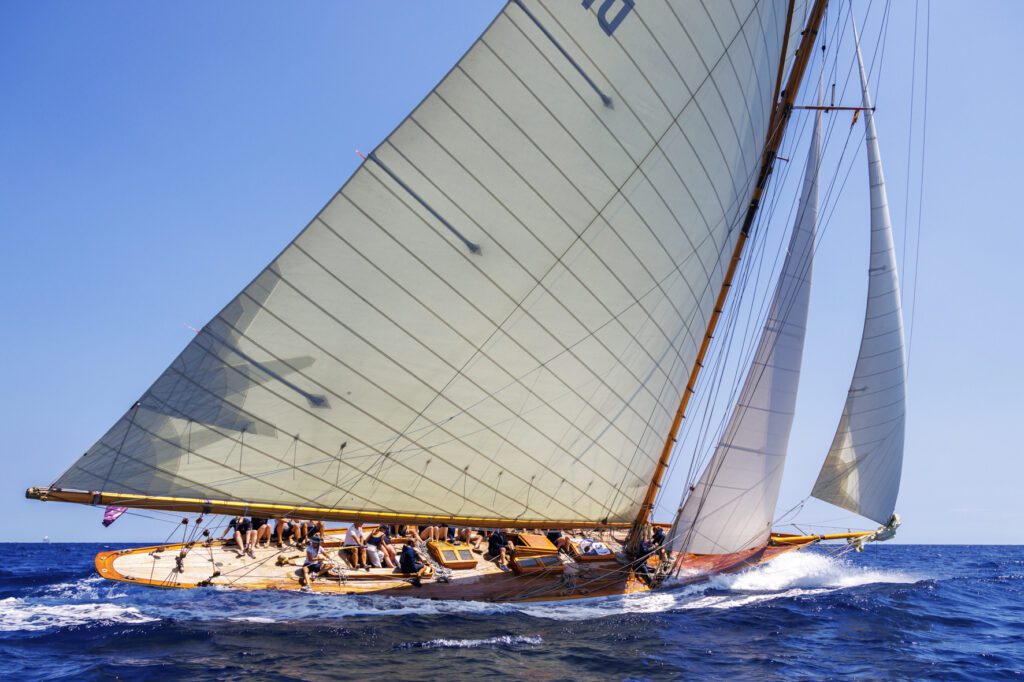
- Big Boats: Mariska (1908) claimed victory after a tense battle with Hallowe’en (1926), thanks to a penalty imposed on her rival.
- Bermudian Vintage: Amorita (1937) dominated with two wins, ahead of Argyll and Falcon.
- Gaff-rigged Vintage: Local hero Le Temps Perdu edged out Scheherazade of Mallorca.
- Classic 1: Yanira (1954) impressed with back-to-back victories.
- Classic 2: British yacht Clarionet repeated past success, winning with consistent performances.
- Modern Classics: Stiletto secured the win despite a penalty, in a drama-filled category that also saw Malbec and Legolas fight fiercely for podium spots.
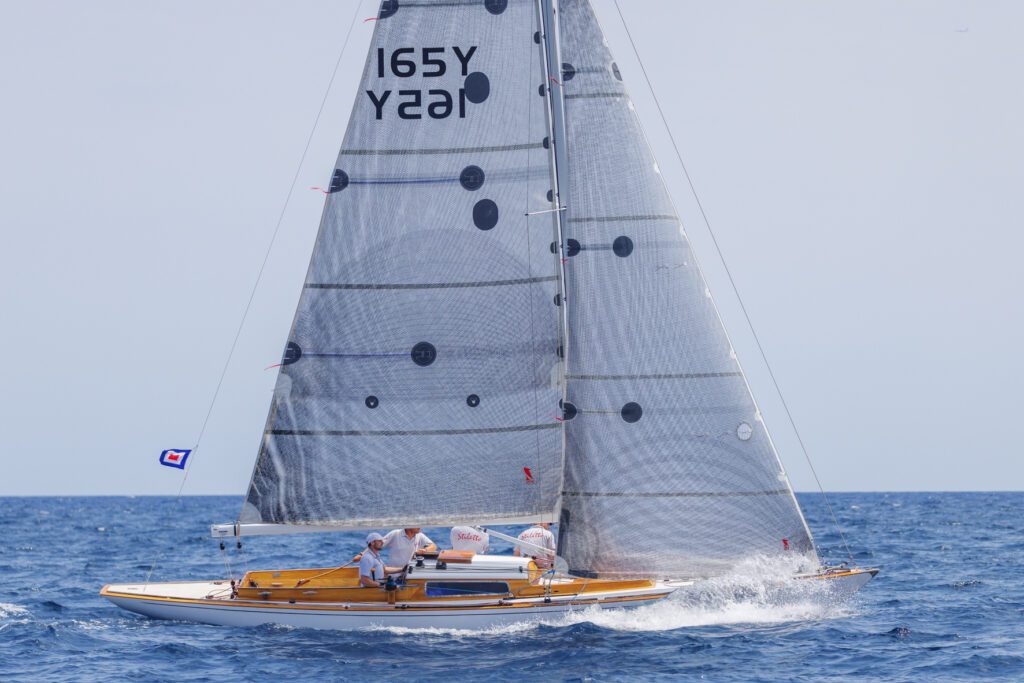
Stories Behind the Sails
Star Sapphire of London
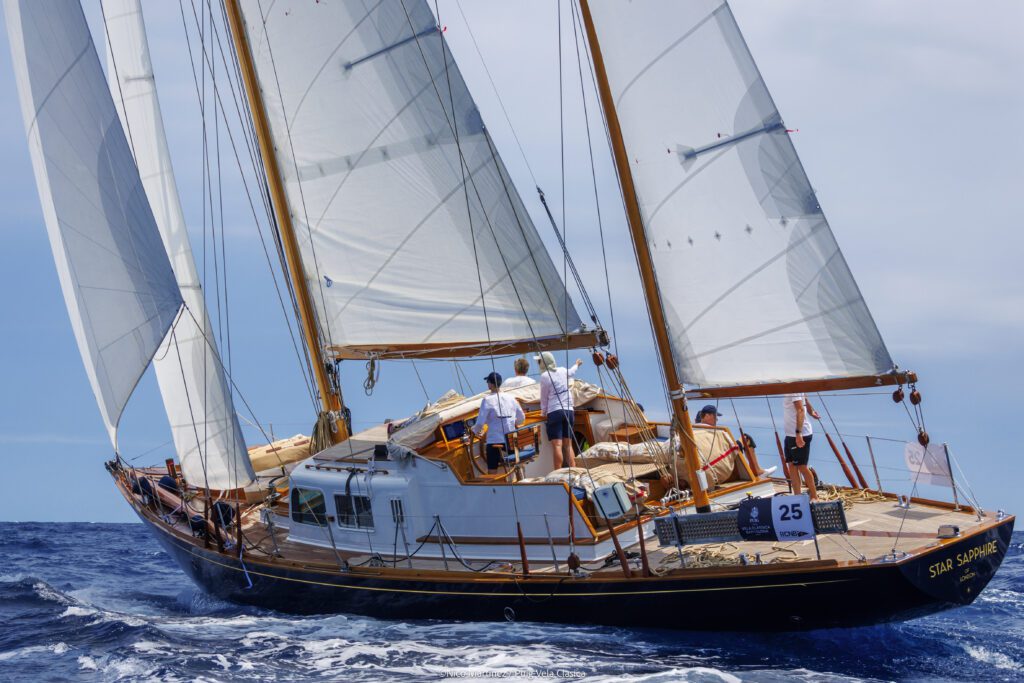
A British design jewel from 1957, Star Sapphire made her regatta debut this year. Designed by Jack Laurent Giles and once belonging to the noble Molins family, she was rediscovered in a state of disrepair and underwent a meticulous restoration in 2005–06. Her sleek form and storied past captivated onlookers.
Bakea: A Crew Breaking Moulds
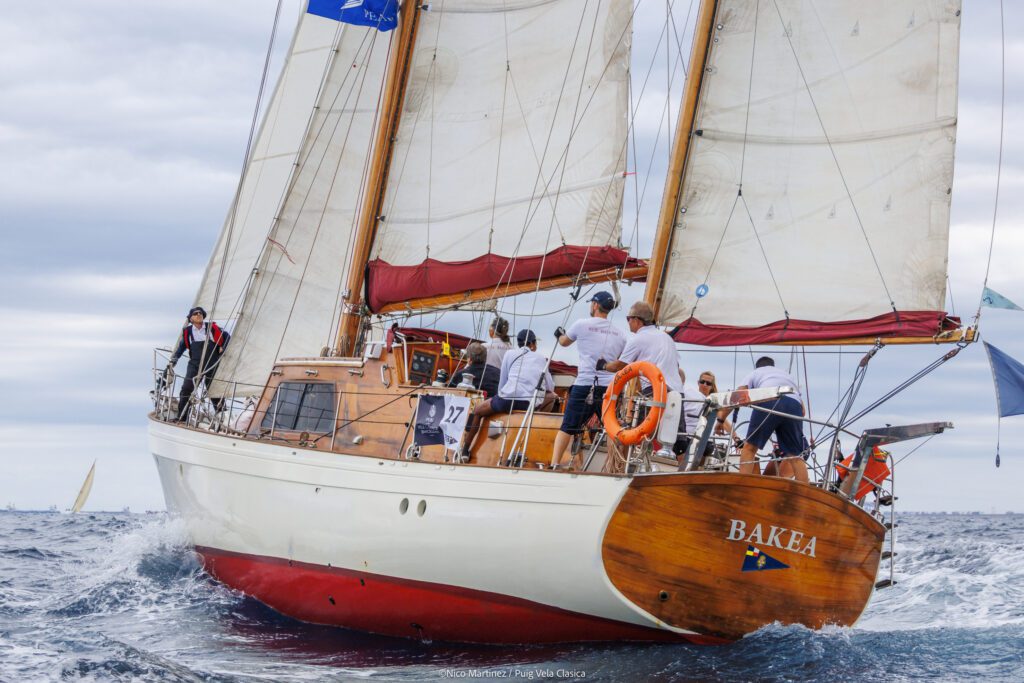
Mónica Xufré, the only sailor to compete in all 18 editions of the Puig Vela Clàssica, continues to redefine leadership and representation. Her yacht, Bakea, crewed by 14 sailors — 9 of whom are women — symbolizes both tradition and progress in a male-dominated sport.
“I like having good vibes aboard above all, even in a regatta. That’s why there are so many women on my ship,” says Xufré.
Gael I: A Floating Work of Art
Built in 1962 by Abeking & Rasmussen and designed by Philip Rhodes, Gael I remains one of the most elegant and beloved classic yachts sailing today. Her continued participation represents the enduring spirit of craftsmanship and timeless design.
Manitou: The Presidential Yacht Returns
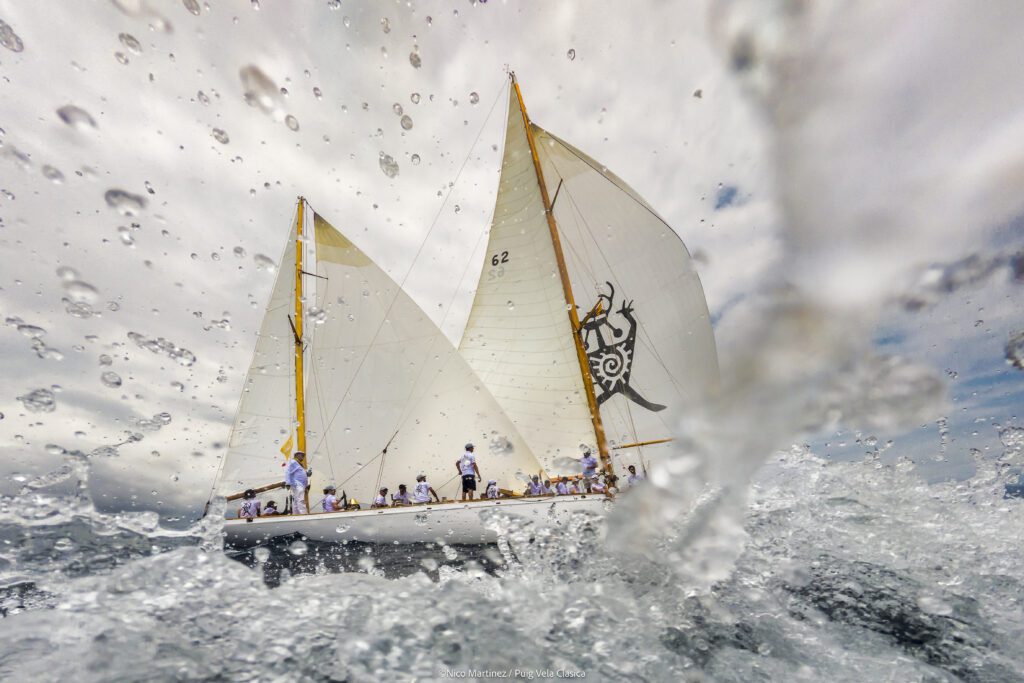
Known as JFK’s “floating White House,” Manitou returned to Barcelona, turning heads with her polished lines and historical significance. With connections to iconic figures like Marilyn Monroe and a legacy of elegance, her appearance added gravitas and glamour to the event.
A Living Celebration of Sailing Culture
The Puig Vela Clàssica is more than just a regatta. It’s a celebration of heritage, elegance, competition, and the passion that drives sailors and spectators alike. The presence of iconic yachts like Mariska, Manitou, and Star Sapphire transforms each edition into a floating museum — alive, moving, and racing through history.
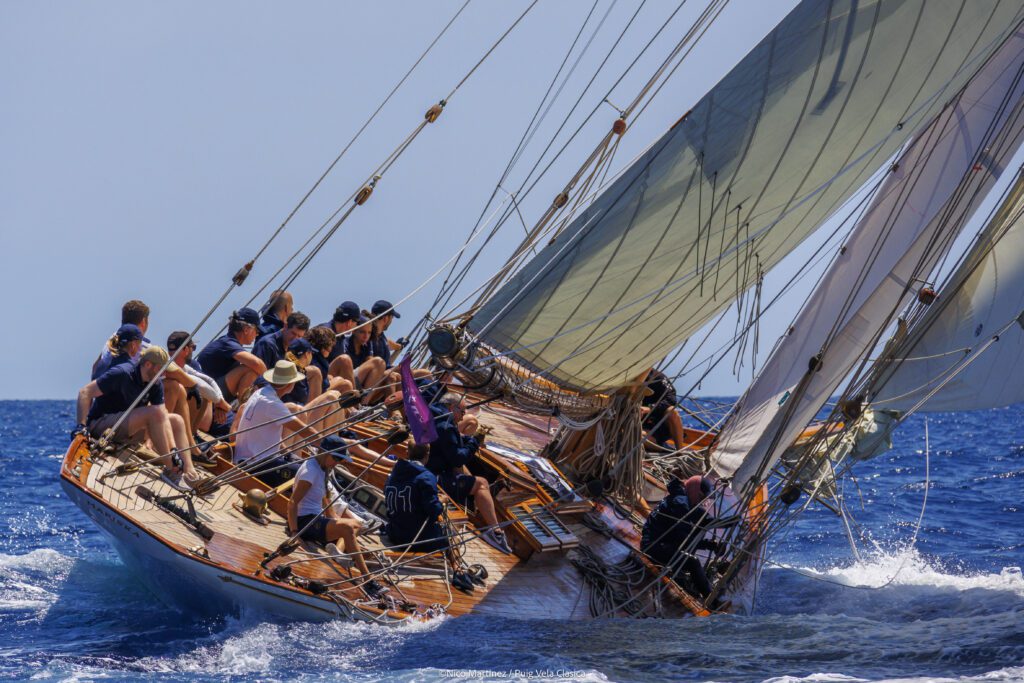
As Barcelona continues to shine as a world-class sailing capital, this 18th edition further solidifies its status as a cultural and sporting beacon on the Mediterranean coast.
Photo Credits: Nico Martínez




